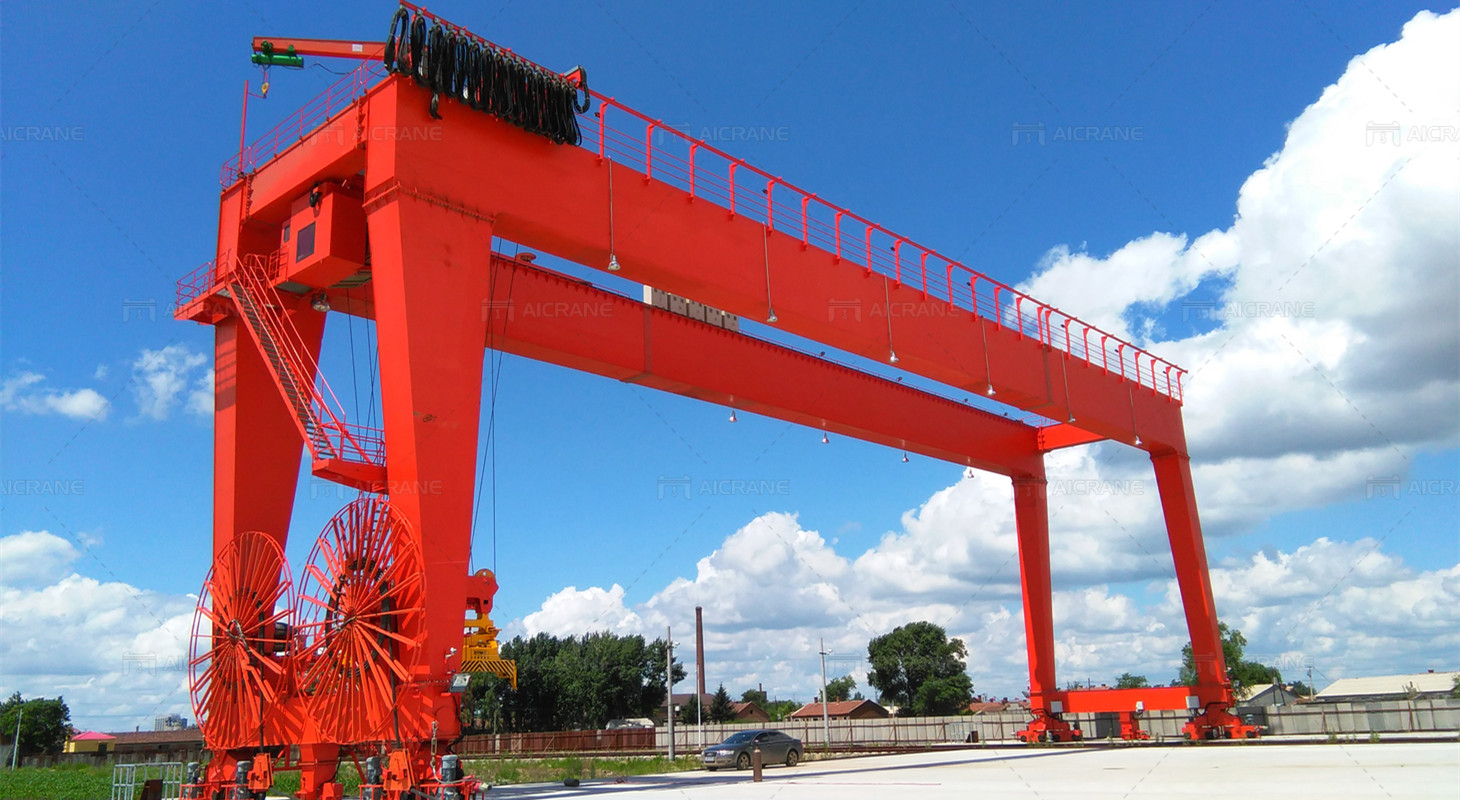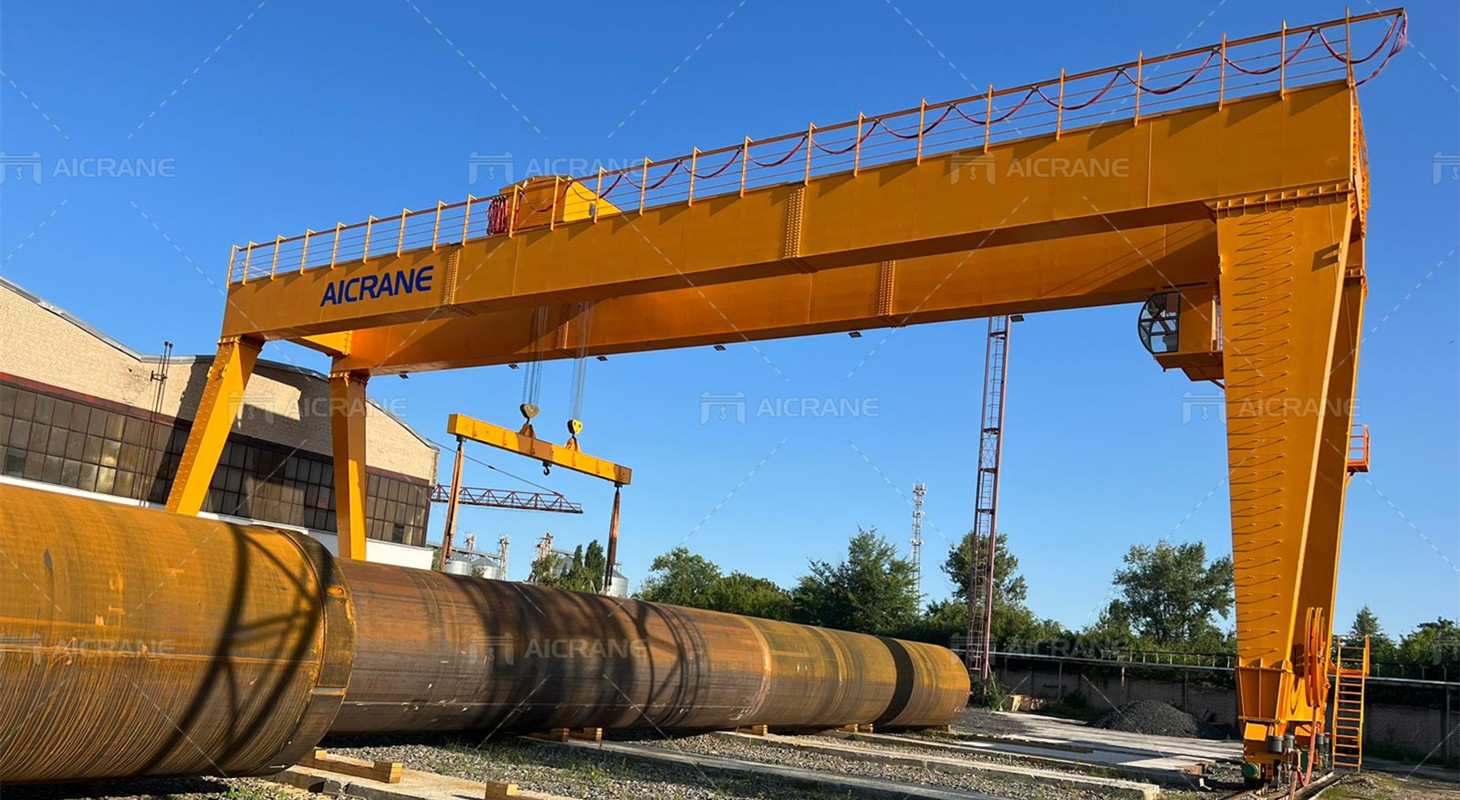When planning a construction project that requires heavy lifting or structural support, selecting the right type of crane or lifting system is critical. A double girder truss is a popular choice in industries that require robust, efficient, and durable crane systems. This type of truss is primarily used in gantry cranes, overhead cranes, and bridge cranes, offering high capacity and superior strength for heavy lifting. However, purchasing a double girder truss is not as straightforward as picking a product off the shelf. Several important factors must be considered to ensure that the truss will meet the specific demands of your operation.
In this article, we will explore the key factors that affect the purchase of a double girder truss and offer practical tips to guide you through the buying process.

Understand What a Double Girder Truss Is
Before making any decisions, it’s important to understand the basic components and purpose of a double girder truss. A double girder truss is a type of structural frame used in overhead cranes and similar lifting devices. Unlike a single girder gantry crane, which uses one beam to support the crane’s hoist, a double girder system uses two parallel girders that are interconnected by a series of cross braces or trusses. This design allows for greater load-bearing capacity and provides a more stable framework for the crane to operate.
The trusses themselves are typically made of steel and are designed to distribute the weight of the load across the structure, minimizing the risk of deformation or failure. Double girder trusses are ideal for lifting heavier loads and for situations where the crane will need to span wider distances without additional support columns.
Determine Your Specific Requirements
The first step in purchasing a double girder truss is to understand your specific lifting needs. These needs will depend on several factors:
Lifting Capacity: Double girder trusses are typically used for heavy-duty lifting. You need to determine the maximum load the crane will need to lift. The truss must be designed to handle the weight, including any dynamic forces caused by movement.
Span: The span is the distance between the two points where the crane is supported. You need to measure the span carefully to ensure that the double girder truss will fit within your space and be capable of covering the required area. A wider span requires a more robust truss design.
Height of Lift (Lifting Height): The height at which you need to lift materials is another important factor. Ensure that the crane’s hoist and the double girder truss will provide sufficient vertical clearance for your operations.
Environmental Conditions: The environment in which the crane will operate plays a role in the design of the truss. If you are using the outdoor gantry crane in an outdoor, coastal, or highly corrosive environment, you may need to consider materials and coatings that will protect the truss from corrosion and rust.
Consider Material and Construction Quality
The materials used in the construction of the double girder truss are essential to its durability and strength. Trusses are typically made of high-strength steel, but the specific alloy and grade of steel will depend on the intended use and the weight-bearing requirements. Steel that is resistant to corrosion is essential for environments where moisture or chemicals may be present.
There are also options for trusses with different types of welding and joint designs. The quality of the welding and the precision of the construction process directly impact the overall strength and longevity of the truss. It is advisable to buy from manufacturers like Aicrane who use high-quality materials and employ advanced manufacturing processes to ensure the durability and reliability of the truss.
Choose Between Custom or Standard Designs
When buying a double girder truss, you may encounter both standard and custom designs. Standard trusses are typically mass-produced and come in predefined sizes and specifications. These designs are usually sufficient for general lifting needs and are often more affordable. However, they may not always meet the specific requirements of your project, especially if you have unique operational constraints or heavy lifting demands.
On the other hand, custom-designed trusses are made to suit your specific needs. If you have special requirements, such as a wider span or a higher load capacity, a custom design may be the best solution. Custom designs, however, tend to be more expensive due to the specialized engineering and manufacturing process.

Select the Right Manufacturer
Choosing a reliable manufacturer is one of the most crucial decisions in purchasing a double girder truss. A reputable manufacturer will ensure that the trusses meet industry standards for quality, safety, and performance. Here are some tips for selecting a manufacturer:
Experience and Reputation: Look for manufacturers who have a strong track record of producing high-quality trusses for cranes. An experienced manufacturer will be able to provide advice, custom solutions, and high-quality products.
Certifications and Standards Compliance: Ensure that the manufacturer complies with international quality and safety standards. Certifications such as ISO 9001 or CE certification are good indicators that the manufacturer’s processes are reliable and the products meet high standards.
Customer Reviews and Case Studies: Research customer reviews and case studies to understand the manufacturer’s reputation and the quality of their products. This will help you assess the reliability and performance of the trusses they offer.
Request a Quote and Compare Prices
Once you’ve identified your requirements and potential suppliers, the next step is to request quotes from multiple manufacturers or suppliers. This allows you to compare prices and ensure that you’re getting a fair deal. While comparing quotes, don’t just look at the upfront cost of the truss. Consider the following factors in your comparison:
Installation Costs: Check if the quote includes installation services or if that will be an additional charge. Some suppliers may offer free or discounted installation, while others may charge extra.
Maintenance and Warranty: Inquire about the warranty offered on the double girder truss. A longer warranty period can give you peace of mind and protect your investment. Also, check if maintenance services are included or if they can be purchased separately.
Lead Time: The time it takes for the manufacturer to deliver and install the truss is important, especially if you are on a tight project timeline. Ensure that the manufacturer can meet your delivery requirements.
Negotiate for Better Terms
When purchasing a double girder truss, there may be room for negotiation. Many manufacturers offer discounts for bulk orders or long-term contracts. Additionally, if you have a specific budget, it’s worth discussing payment terms, financing options, and potential discounts to bring down the overall cost.
Ensure Proper Installation and Training
Once you’ve purchased the double girder truss, proper installation is crucial to its safe and efficient operation. Many suppliers offer installation services, but you must ensure that they have qualified engineers to handle the setup. Additionally, it is wise to request training for your staff on how to operate and maintain the crane system.
Buying a double girder truss requires careful planning and consideration. By understanding the truss’s specifications, evaluating your needs, choosing the right materials, and selecting a reliable manufacturer, you can ensure that you purchase a high-quality, cost-effective product. Comparing quotes, negotiating terms, and ensuring proper installation and training will further enhance the value of your purchase. With the right preparation, your double girder truss will serve your lifting needs efficiently and safely for many years to come.